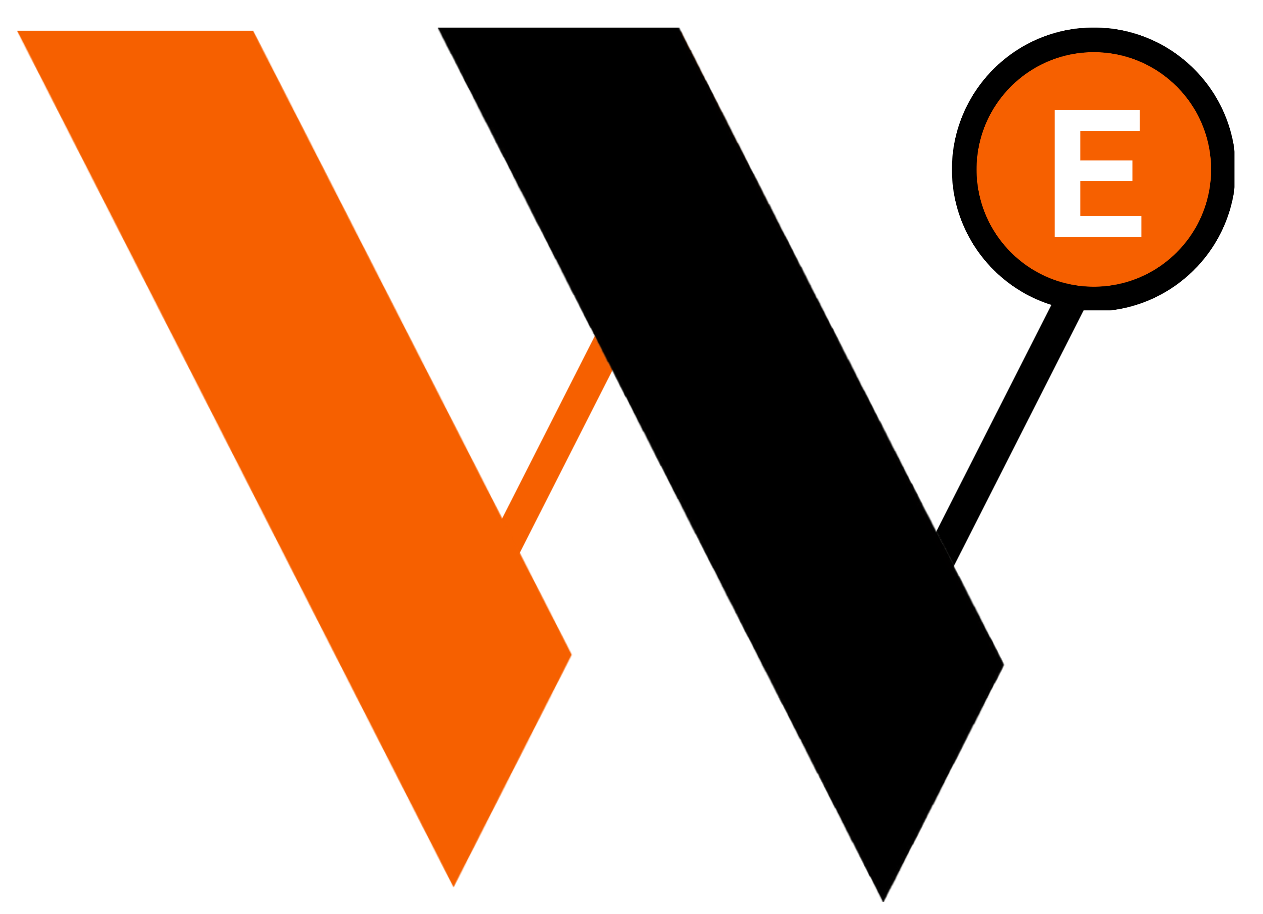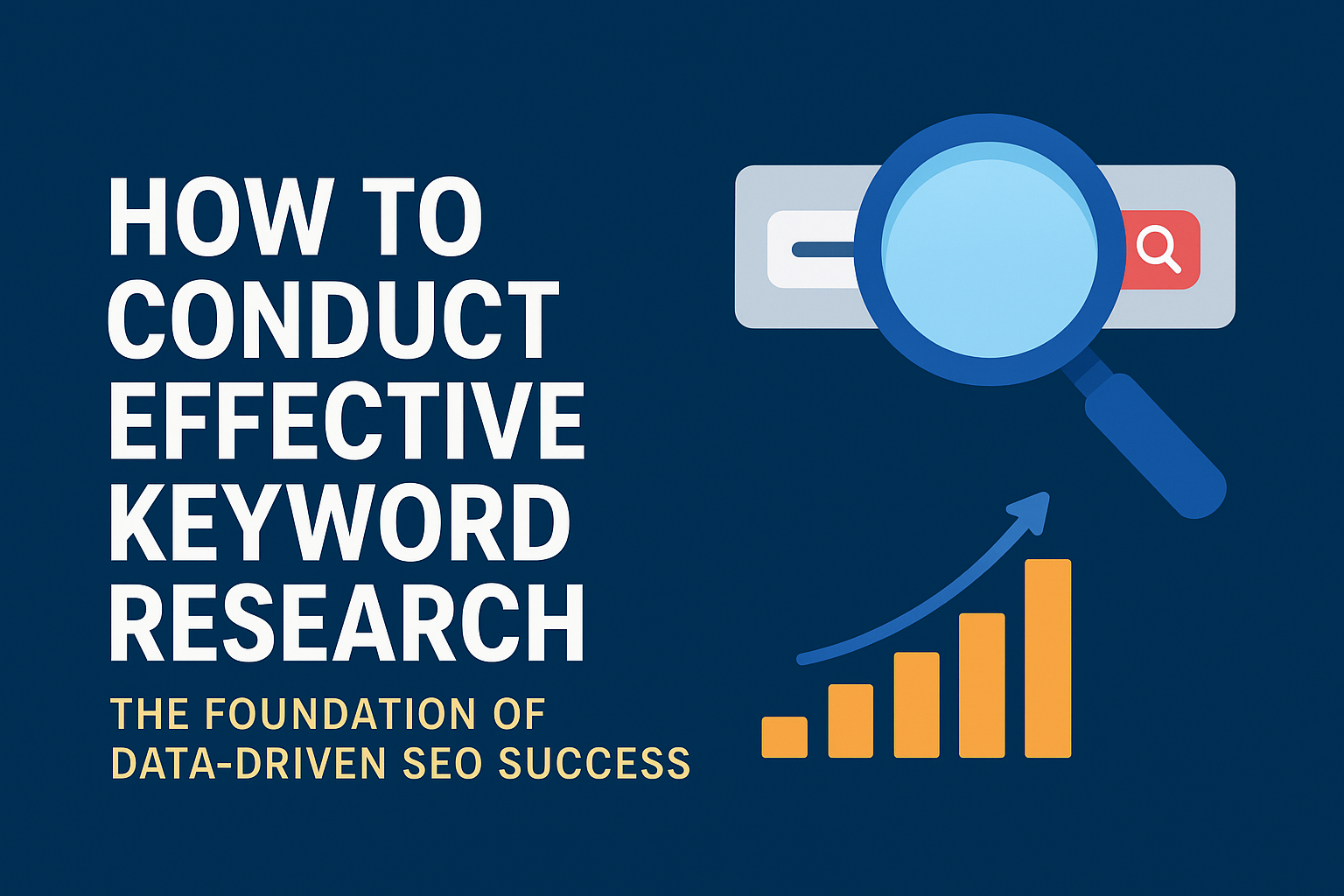In today’s digital marketplace, businesses face the ongoing challenge of differentiating themselves online. While website templates are accessible and inexpensive, they often limit creativity, brand identity, and long-term performance. In contrast, custom web design delivers a unique, scalable, and performance-optimized platform tailored to a brand’s specific goals and audience behavior. This whitepaper explores the strategic advantages of investing in a custom-built website, backed by measurable UX, SEO, and branding outcomes.
1. Strategic Overview: Why Custom Design Outperforms Templates
Template-based websites offer speed and affordability but impose restrictive layouts, rigid coding frameworks, and limited optimization capacity. As digital competition intensifies, these constraints result in weaker user engagement, inconsistent branding, and slower growth.
Custom web design allows for:
- Brand Precision: Every visual and interaction reflects your brand’s voice and values.
- Performance Optimization: Streamlined code, faster load times, and improved mobile responsiveness.
- Scalable Infrastructure: Modular architecture that adapts to business evolution.
- Enhanced Trust: Unique presentation signals credibility and professionalism to users.
In essence, a custom website acts as a digital asset engineered for differentiation, performance, and growth—far beyond what a one-size-fits-all template can deliver.
2. Data Framework: Metrics That Demonstrate Design ROI
A website’s effectiveness can be quantitatively evaluated through UX, SEO, and business performance metrics. The table below outlines key indicators that improve with a custom web design approach.
| Metric | Template Website (Average) | Custom Website (Optimized) | Performance Gain | Interpretation |
|---|---|---|---|---|
| Page Load Speed | 4.8 seconds | 1.9 seconds | 60% faster | Faster load time improves user retention and SEO ranking. |
| Mobile Responsiveness Score | 72/100 | 95/100 | +32% | Mobile-first design enhances accessibility and engagement. |
| Average Session Duration | 1:12 minutes | 2:34 minutes | +113% | Improved UX design encourages longer user interaction. |
| Conversion Rate | 1.3% | 3.6% | +177% | Tailored design increases lead generation and sales actions. |
| Bounce Rate | 64% | 32% | -50% | Clear navigation and custom layouts reduce exit rates. |
| SEO Visibility Index | 48 | 81 | +68% | Clean code and optimized structure improve search visibility. |
This data-driven framework shows that custom design directly enhances business outcomes by aligning performance metrics with user expectations and search engine standards.
3. Design Functionality Framework: Tools and Applications
Custom web design leverages a tailored tech stack to achieve superior results. The following mini-framework summarizes key tools and their strategic use cases.
| Tool / Method | Function | Use Case |
|---|---|---|
| Figma / Adobe XD | Design Prototyping | Craft brand-aligned, responsive UI mockups. |
| WordPress CMS (Custom Theme) | Content Management | Maintain scalability and SEO flexibility. |
| Google PageSpeed Insights | Performance Optimization | Measure and enhance site speed and usability. |
| Ahrefs / SEMrush | SEO Analysis | Monitor keyword performance and backlink health. |
| Hotjar / Microsoft Clarity | UX Tracking | Visualize user behavior and refine navigation paths. |
| Cloudflare Security | Site Protection | Enhance cybersecurity and SSL encryption. |
Each component plays a role in strengthening the website’s technical backbone, ensuring performance, security, and adaptability over time.
4. Visual Matrix: User Intent and Experience Alignment
A strong website design must align with user intent. The following matrix outlines how intent-driven UX and content can be strategically embedded into custom design structures.
| Intent Type | Example Visitor Behavior | Recommended Design Feature | Strategic Impact |
|---|---|---|---|
| Informational | User seeks knowledge or brand story | Engaging visuals, clear navigation, brand storytelling sections | Builds trust and brand recall |
| Navigational | User wants specific page or product | Streamlined menus, dynamic search bar | Reduces friction and improves retention |
| Transactional | User ready to take action (purchase/contact) | Prominent CTAs, optimized landing pages | Increases conversions and lead quality |
| Comparative | User evaluating between competitors | Feature comparison charts, testimonials | Positions brand as transparent and credible |
| Retentive | Returning user engagement | Personalized dashboards, loyalty sections | Encourages repeat visits and brand loyalty |
Custom web design ensures every design layer reflects these user intent touchpoints, turning interaction data into actionable engagement pathways.
5. Business Layer: Strategic Advantages of Custom Web Design
Beyond aesthetics, custom web design integrates strategic functionality across five business layers:
1. Brand Differentiation: Visual storytelling and design language are proprietary—unlike templates used by multiple competitors.
2. Conversion Optimization: Layouts are tested for CTA placement, form usability, and funnel efficiency.
3. SEO Infrastructure: Schema markup, clean code, and lightweight architecture enhance ranking signals.
4. Security Framework: Custom backend structures prevent common exploits and malware injections.
5. Growth Scalability: Modular development supports future integrations—AI tools, CRM systems, or e-commerce modules.
This layered architecture transforms your website from a static presence into a living, scalable marketing engine.
6. Future Scalability and ROI Projection
Unlike pre-designed templates that limit adaptability, custom sites grow alongside your business. Modular coding and flexible CMS structures make future expansions efficient and cost-effective. Over time, this reduces dependency on third-party developers and minimizes downtime during upgrades.
ROI Insight:
Businesses transitioning from templates to custom designs report an average of 2.8x higher engagement and 3.2x greater lifetime value (LTV) across digital channels, according to industry surveys (Source: HubSpot, 2024).
7. Conclusion: Invest in Custom Web Design for Long-Term Success
Templates serve as entry-level solutions but often restrict growth, creativity, and performance. A custom web design strategy not only strengthens your brand presence but also directly improves SEO visibility, conversion rates, and long-term scalability.
By aligning form with function and aesthetics with analytics, businesses gain a competitive edge that extends beyond surface appeal—creating a digital ecosystem designed for sustainable growth.
Consultation CTA: Build a Future-Ready Digital Presence
Warsi Entrepreneurs specializes in creating custom-built digital experiences that merge performance, branding, and data intelligence. If your goal is to transition from a basic template to a growth-driven web design framework, our consultation process can help you plan and execute that transformation effectively.
→ Schedule a Custom Design Audit or Consultation Today.
Website: warsientrepreneurs.com
Email: info@warsientrepreneurs.com


